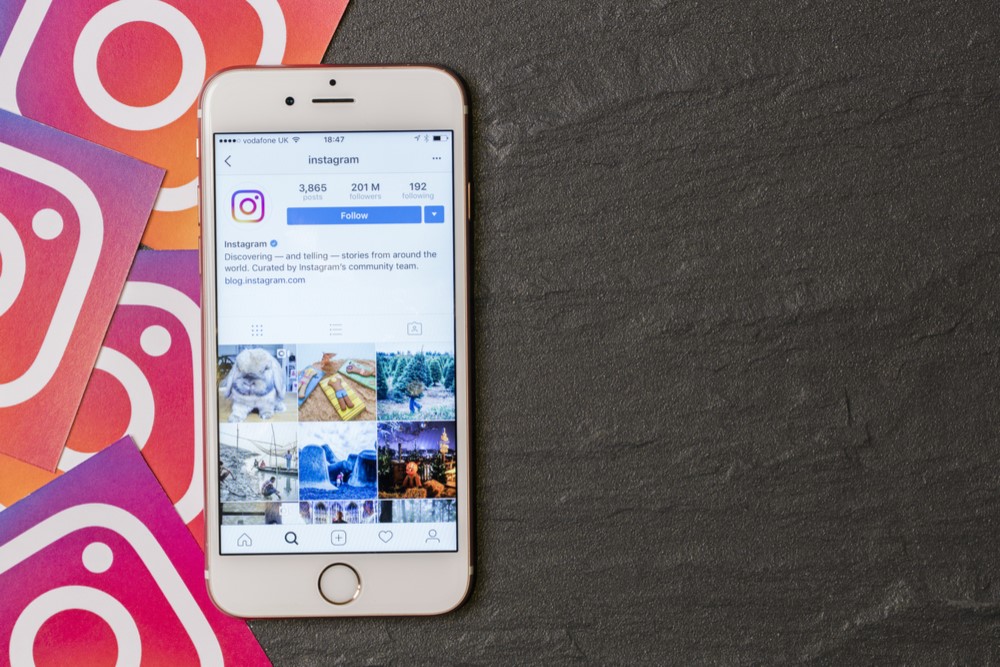Everyone knows Instagram is one of the world’s most powerful social media platforms. However, that doesn’t mean there are no security risks. You must ensure Instagram’s privacy and security.
If you think about it, security risks and threats increase yearly as social networking platforms grow. As the digital world expands, hackers try to break into systems more aggressively than ever, and they are developing increasingly sophisticated methods to succeed.
Fortunately, you can do something about it. There are certain security and authentication methods you can implement to increase Instagram’s privacy and security. In this guide, we’ve covered the most crucial tips for your Instagram account safety.

Steps to Ensure Instagram Security and Privacy
Let’s get into it.
1. A bulletproof password is more powerful than you think
This should be as obvious as it sounds to check Instagram security. Yet, I still see many examples of weak, logical, unconsidered passwords just to be remembered. This is a mistake you can easily regret after your account gets hacked. Once and for all, let’s make it clear. Use long passwords that include at least six numbers, capitals, and characters in an inconsequent order. This is the most basic step you have to do. Also, using a password manager is a great way to avoid forgetting those strong passwords.
2. Don’t get lazy reading the ‘Privacy & Safety Center’ guidelines
Yes, it will not be a late-night reading in bed, but it is still worth it. It contains the most important information about Instagram’s security and privacy. It covers detailed information on visibility, safety tips, blocking, secure photo sharing, tips for parents, and platform policy. You can take a look at the Instagram privacy guidelines here.
3. Disable location sharing
Sharing your location is never a wise idea. When others can see your current position, especially if it is a sensitive one like your home or workplace, unwanted criminals can access it and get the details of your location. This can alter your privacy and can lead to identity theft. If you have already shared your location, check it and remove all your previous geotags from your pictures.
4. Don’t use third-party applications
You’ve probably come across third-party apps since they are very common and offer great features like photo editor apps, follower analyzers, etc. These applications usually have access to your private profile information. Only allow authorized applications from the most trusted developers for your privacy and security. It helps to improve Instagram security as well.
5. Avoid suspicious profiles
One of Instagram’s most common phishing attacks is still the fake profile scam. Fortunately, with a little awareness, you can easily identify a fake profile. First, a profile with a suspicious picture starts commenting on your photos and following your profile. They usually offer “free s*x” or “quick money-making” and even “free followers” with a spammy, shortened URL link in the profile description. They are usually bots. If you are aware enough and do not click on every link, you will avoid these types of phishing attacks. Also, blocking and reporting these fake accounts to Instagram is necessary to eliminate them quickly.
Handpicked article suggestions-
6. Mind the shortened URLs
Shortened URLs usually go hand-in-hand with fake profiles. You can find these URLs in the profile description of fake accounts. Some links can be extremely dangerous and potentially lead to phishing attacks and data theft. You are not supposed to click on any of them, no matter what they promise or how attractive they are.
7. Enable Two-Factor Authentication (2FA)
Two-factor authentication, or multiple-step verification, is a process to double-check your identity when logging into an email or social media account. This feature is now available on almost every social network platform. The Two-Factor Authentication formula requires “something you know” (username and password) and “something you have” (mobile phone) every time you want to log into your account. It usually requires a verification code to arrive on your phone after you enter the login details. Although it doesn’t take much extra effort to implement, 2FA is considered one of the best methods to keep your Instagram account secure.
8. Consider going into private mode
Although sharing your photos with the public might seem like an attractive way to get attention, sometimes it’s not the smartest move. It depends mostly on what type of photos you share. If you upload more personal photos of your life, home, work, different activities, and vacations, you might want to consider going into private mode to share your photos only with people to whom you give access.
9. Security starts with awareness
You can make your Instagram account significantly safer by implementing the steps mentioned above. However, Instagram security is not everything. Other factors to consider include the security and privacy of your email and other social media accounts, network security, and your offline and cloud storage security. For example, encrypting your files or setting up a VPN is always good if you want extra safety or privacy. Look at this guide of VPN providers for more information on trustworthy VPN services.
